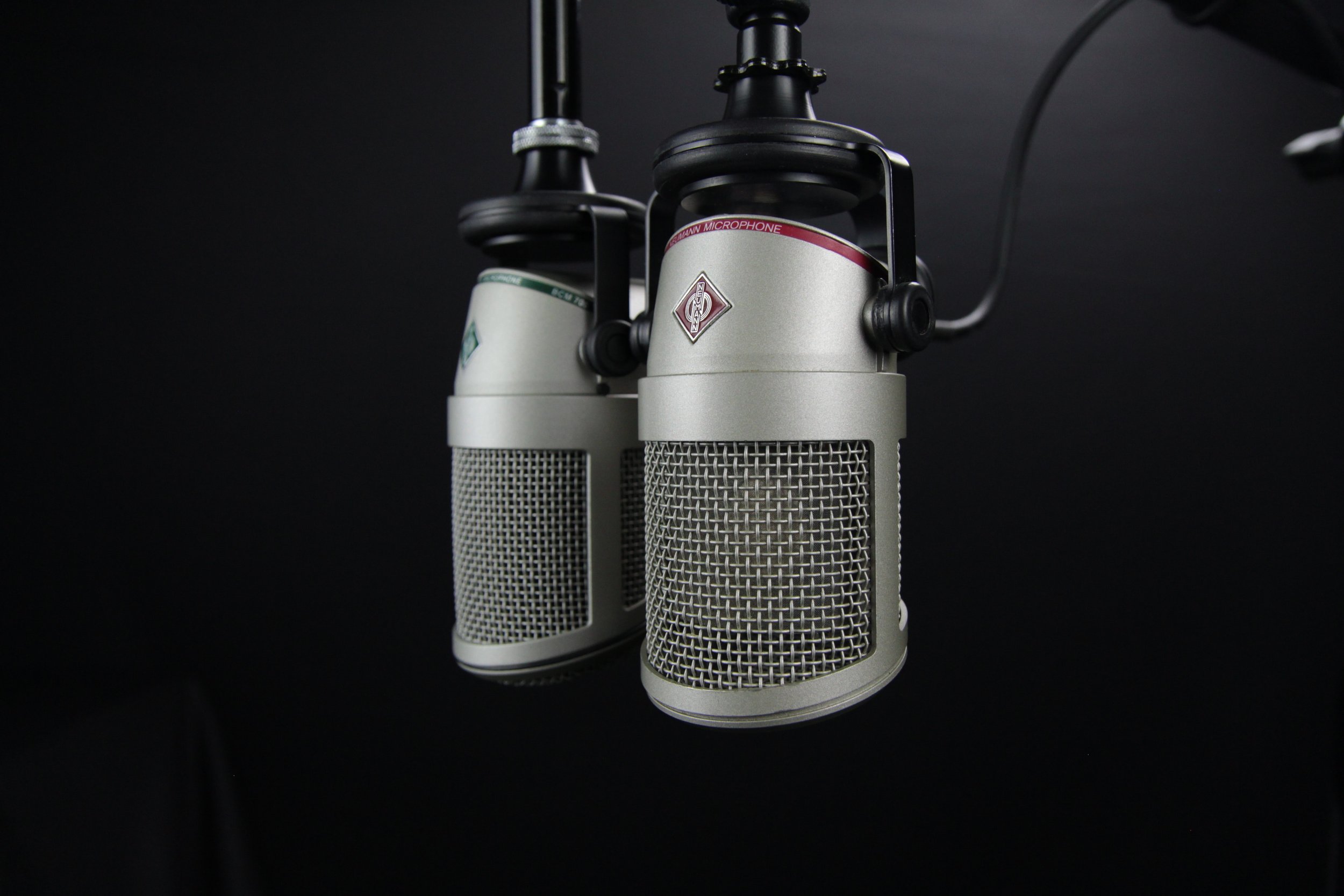The Four Hundred: The Rules That Come With Freedom Of Speech
The first amendment of the United States Constitution states that: “Congress shall make no law respecting an establishment of religion, or prohibiting the free exercise thereof; or abridging the freedom of speech, or of the press, or the right of the people peaceably to assemble, and to petition the Government for a redress of grievances.“ It is the first of ten amendments known as the Bill of Rights, which were ratified on 15 December, 1791, four years after the Constitution was adopted and 15 years after the Declaration of Independence. Although it is only one sentence long, the first amendment encompasses other equally important issues, like the right to practice your religion and faith, and the freedom of the press. It is an important amendment, possibly one of the most important when it comes to safeguarding individual liberties. It is, however, one that causes the most debates or discussions to erupt when someone exploits the amendment.
It is easy to test the limits of the right to free speech, especially when it comes to people making incendiary remarks. In a world which has faiths and religions that may be diametrically opposite to each other, a remark or practice acceptable to one religion may not be acceptable to another. It causes most anger and incites violence in some cases, but the right to free speech can be considered to be a freedom that is more necessary than the troubles it causes.
We need to look at how it is exploited, before we find reasons, if there are any, to curb it. The right to free speech is in contention on any platform where opposing ideas are discussed. Needless to say, Politics is where it is exploited the most. The alt-right has used it to their advantage in recent times, the most famous instance of this being the ‘Unite The Right’ rally that was held in Charlottesville, Virginia from Aug. 11-12, 2017. The marchers within the rally shouted many incendiary chants repeatedly, including anti-immigrant, anti-semitic slogans like "One people, one nation, end immigration," "Jews will not replace us," "White lives matter," and "Blood and soil."
It didn’t take long for the effects of such chants to be observed. In fact, before the rally ended, the consequences were visible for all to see. On Aug. 12, 2017, James Alex Fields, Jr., rammed his car into a crowd of peaceful protestors, injuring several protestors and killing 32-year-old anti-racism demonstrator Heather Heyer. Fields was convicted and sentenced to life in prison in 2018, while he faces a separate federal trial for alleged hate crimes related to the incident.
The right to free speech is also a point of contention in most universities at the moment. In order to gather more information about student attitudes with regard to the first amendment, a study of 3,014 college students was conducted in 2018. The study, sponsored by the Knight Foundation, the American Council on Education, the Charles Koch Foundation, and the Stanton foundation also included an oversample of 216 students at Historically Black Colleges and Universities.
The study found that students believe that all five first amendment rights i.e. freedom of speech, of religion, of the press, for people to assemble peacefully and to petition the government is less secure. While about 70 percent of the students favored an open learning environment that is inclusive of all kinds of speech over one that curbs offensive speech, the number was a drop from an earlier study done in 2016, when 78 percent students favored the same. 87 percent of students also favored the establishment of a “Free Speech Zone,” a designated area of campus where protesting or distributing literature is permitted, usually with preapproval. In fact, when asked to choose between diversity and inclusion, and free speech, 53 percent of the participants preferred to have a diverse, inclusive environment over free speech.
The above study is an important barometer for understanding how free speech will be perceived in the future. Students have become increasingly proactive in recent years, going to the extent of making sure invited guest speakers are disinvited (The Foundation for Individual Rights in Education, a non-profit, non-partisan group, maintains a database here; they even refer to graduation season as “disinvitation season.”) Although the idea of denying speakers who may hold opposing points of view a platform aka de-platforming may be deemed as censorship, it can be considered perfectly within the purviews of student rights. According to Aaron R. Hanlon, assistant professor of English at Colby College, “de-platforming isn’t censorship; it’s a product of free expression and the foundational aims of a classically liberal education.”
There are already some restrictions that have been imposed on this amendment, which can help control the negative impact that the exploitation of free speech causes. There are several categories under which speech is unprotected. These include categories like fighting words, which include insults or epithets used face to face; true threats, which are defined as “statements where the speaker means to communicate a serious expression of an intent to commit an act of unlawful violence to a particular individual or group of individuals.” There are several others included too. Is it, however, paradoxical to lay restrictions on a type of freedom. If freedom comes with conditions, is it really freedom?
There are factors that work both in favor of and against free speech. It is, however, the responsibility of people to use it as it fits into their society. If that means challenging what the first amendment allows for and modifying it to suit the society it serves in, then so be it.

